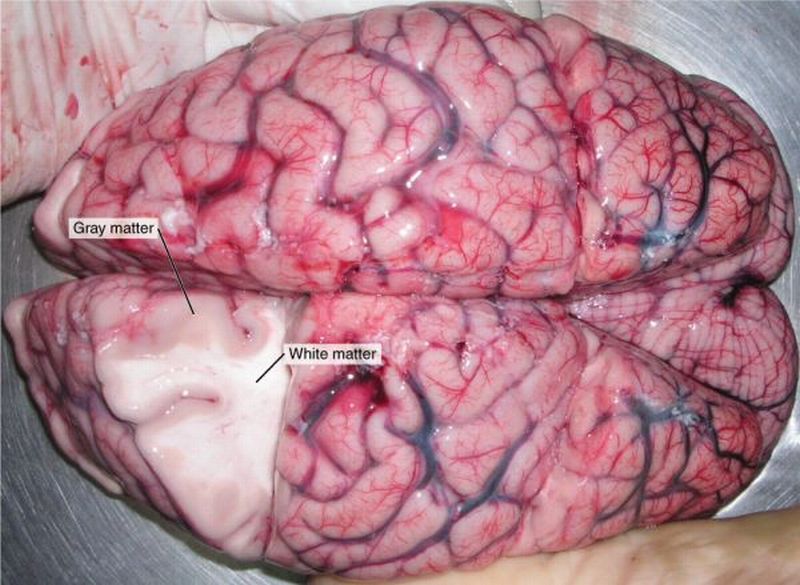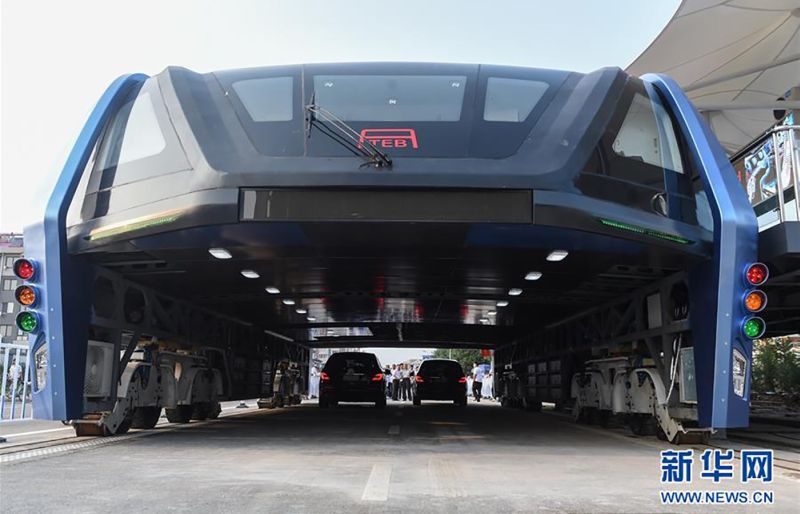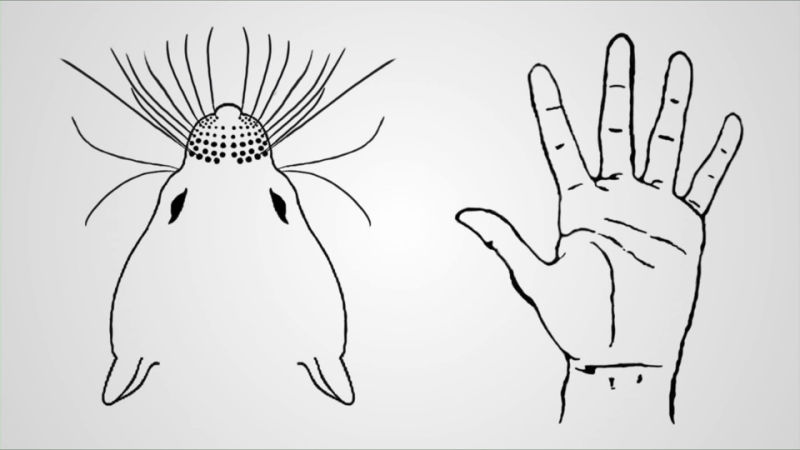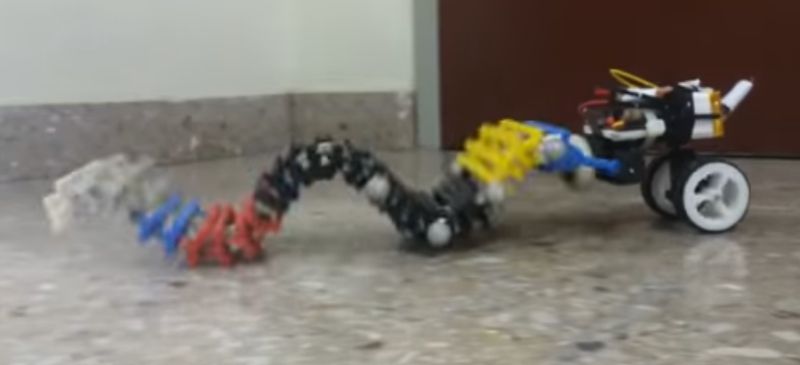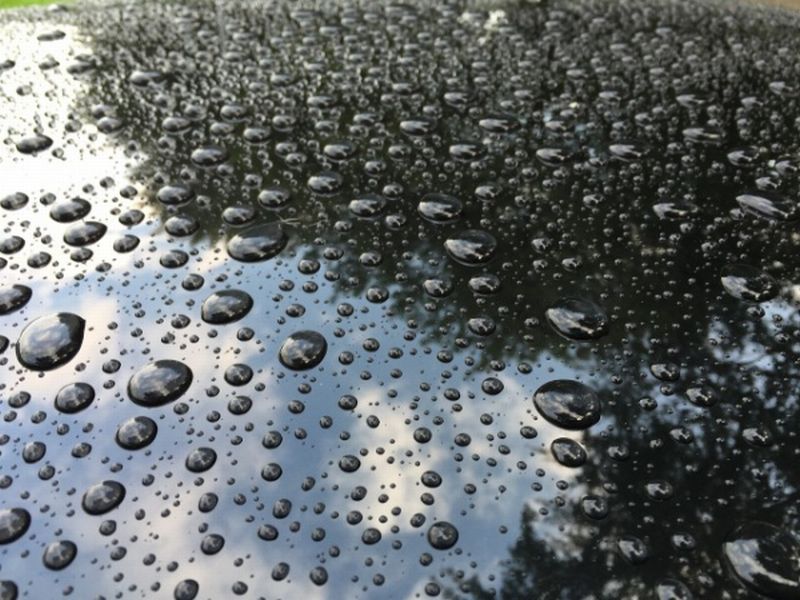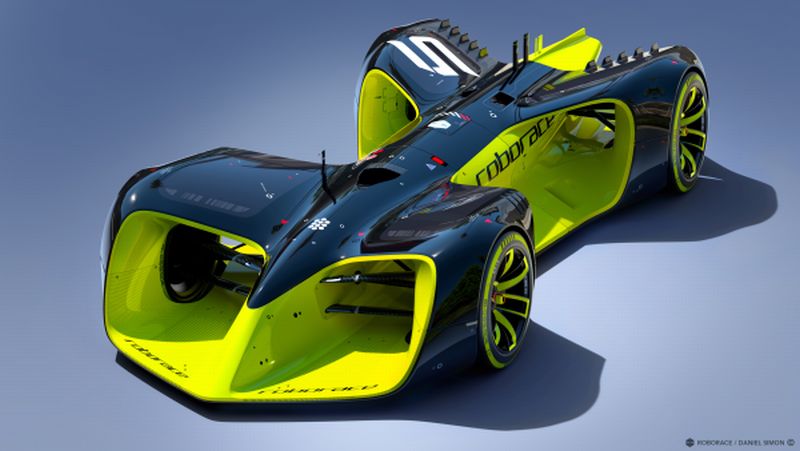Over the years, various researches across neurobiology of aging have suggested that brain shrinks with age. A recent study led by the University of Cambridge has added that obesity may also trigger the progression of brain ageing.
Read MoreTag: research
China’s Transit Elevated Bus Increases Utilization of Road Space: The Future of Traffic
Traffic Jams are one of the worst nightmares of urban commuters these days. China, which has some worst traffic jams ever, has come up with an innovative mode of transport known as the Transit Elevated Bus (TEB) to move around even in the most congested road.
Read MoreWhisker System Reveals How Neurons Communicate Touch: Sensing Mechanism
Sense of touch helps us in distinguishing things in regions where sense of sight or our eyes can’t go, let’s say in purse or pocket. If we are to fetch keys from loose change in our pockets, without giving it a second thought, we take out the required thing, this happens due to sensorimotor integration.
Read MoreCenter of Our Galaxy is Devoid of Stellar Populations: Cepheid Desert
Recent research lead by Prof Noriyuki Matsunaga and his team of astronomers at the University of Tokyo suggest that our understanding of Milky Way Galaxy is still not complete. The team discovered that major portion of the region surrounding the center of our Galaxy is devoid of young stars, a study that contradicts the conventional thinking. In an interview covered by Universe Today, Dr. Andrea Ghez, a professor of physics and astronomy at UCLA, said the probability of formation of young stars at the center of the galaxy is high.…
Read MoreBiomimicry: Crawling, Swimming and Climbing Inchworm Robot (w/Video)
Adding to the existing list of bio inspired robot, researcher David Zarrouk and his team, from Ben Gurion University of the Negev has successfully developed an inchworm robot that employs a single motor to produce a pure wave motion and is known as SAW (Single Actuator Wave-like Robot).
Read MoreCockroach Milk An Ideal Protein Supplement: The Superfood Of The Future
Humans do not welcome cockroaches. Their existence is often questionable and creepy especially to women folk. But what if you are told that the milk produced by the cockroaches are going to be the next super food of tomorrow. Bizarre!
Read MoreRain Drops Powered Solar Panels: Electric Rain
Over the years, advancement in technology has helped in harvesting sun’s energy to maximum potential using solar panels. A recent development takes solar technology to the next level, here, the technology will not only help in generating electricity during rainfalls but also when the sky is covered with clouds. Thus, rain and sun both can trigger the innovative solar cell design.
Read MoreSaturn’s Rings Bending at the Limb: Image captured by Cassini Spacecraft
The rings around Saturn appear to be wrapped around the intersection of the planet’s edge or layer near the horizon. The atmospheric limb here acts as a gigantic lens.
Read MoreRoboRacing: Fusing AI with Automotive Technology
Driverless cars are the future of private transportation, where crashes are rare occurrences. Raj Nair, Ford’s head of product development claimed that the year 2020 will mark autonomous vehicle at SAE Level 4 [1 step below full automation] into the mainstream auto market.
Read MoreBacterium Inspired Remote Controlled Microrobots: Biomimicry
Researchers a Swiss Federal Institute of Technology, Lausanne have developed a technique that can be used for both, fabricating bio-inspired robots and secondly, furnishing them with higher configurations. Their newly constructed platform also helps in examining and researching robot designs along with their various modes of locomotion. Result of their platform is the production of complex yet reconfigurable microrobots – the nanobots can change their own shape by rearranging the connectivity of their parts- with high throughput.
Read MoreMercedes-Benz unveils Driverless Bus: Future of Public Transport
Future Bus is the new city bus coming straight from the vault of Mercedes-Benz. Unlike its previous autonomous semi-truck Actros that was targeted only for highways, CityPilot ridden technology bus is developed especially for an urban market. The German automaker has demonstrated that its self-driven bus is proficient enough of maneuvering through an urban environment stretching across a distance of 12-miles. It’s been nearly a decade since Mercedes-Benz has been working on automated driving technologies and the current CityPilot technology too is based on Actros Highway Pilot, the autonomous technology…
Read MoreDigging Adaptations Facilitated Shell in Turtles: Study on Eunotosaurusafricanus
Turtle shell, conventionally, is considered an outer covering for protection and lodging for the animal. Till date, turtle is the only living vertebrate with such a sturdy broad ribbed proto shell. However, recent study of fossil turtles, which happen to be around 260- million-year-old, has revealed that the hard and rigid protective structure of the animal is not adapted for protection rather for digging underground. Dr. Lyson, the scientist behind this discovery said that during the early (evolutionary) phase, birds’ feathers too were not employed for flying. Nevertheless, birds starting…
Read MoreNon-Invasive Electric Tattoo for mapping Muscle Activity: Nanotech Tattoos
Scientists at Tel Aviv University (TAU) have fabricated an electronic tattoo that has the potential of recording muscle movements by mapping facial expressions.
Read MoreTF-X a reality by 2018: An Era of Flying Car Begins
Massachusetts-based Terrafugia aims to provide true door-to-door transportation with a flying car within the next decade. The firm’s concept vehicle TF-X is a solution to the ever-growing traffic, which is a pain for people who commute between work and home by car daily.
Read MoreHead-up Display for Passenger Vehicles: In-car Technology
Researchers at Cambridge have unleashed an era of Head-up displays (HUD) using laser holographic techniques. The technology has introduced for the first time into Jaguar Land Rover vehicles. The human machine interface has developed to project data like speed, direction and navigation directly onto the windscreen. It’s an attempt to provide, relevant and real time information to the driver in a non-intrusive way.
Read More
